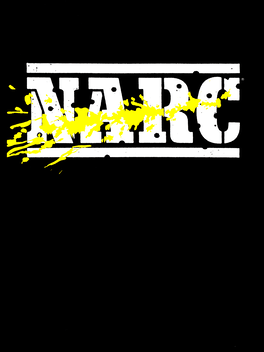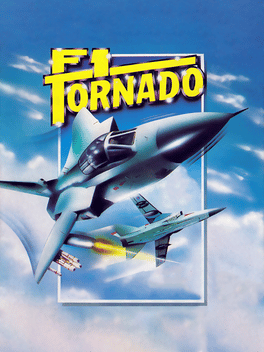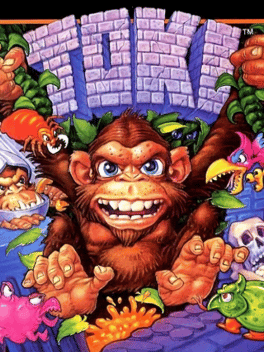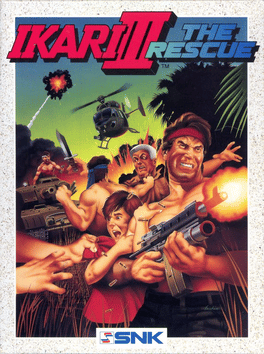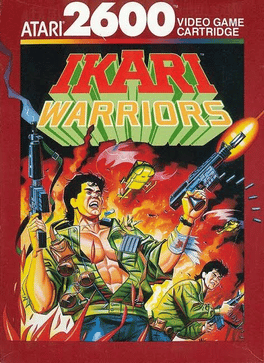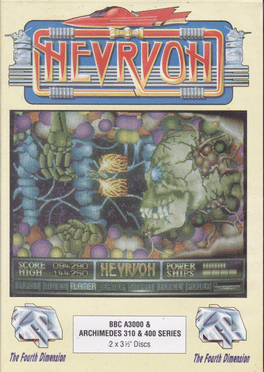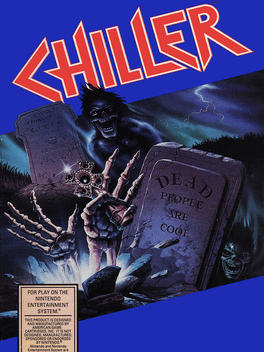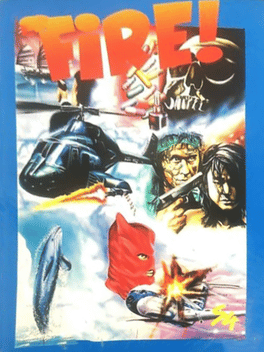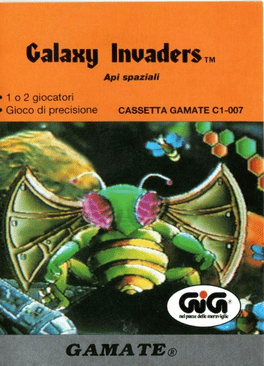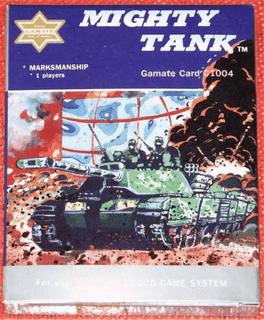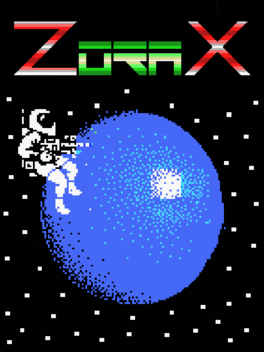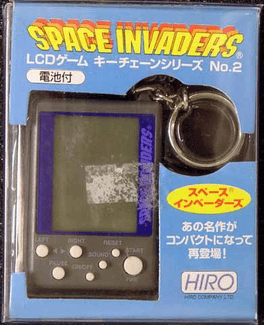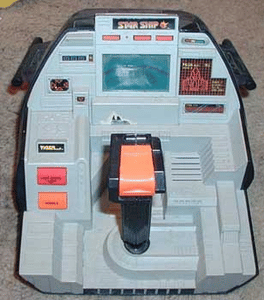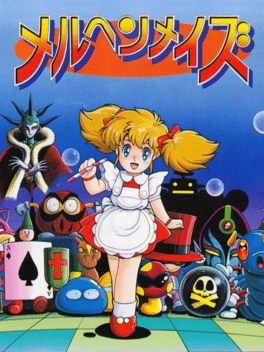New Shooter Games - Page 424
-
Dick Tracy
1990
Dick Tracy
1990
Dick Tracy is a tie in to the 1990 movie adaptation of the classic comic strip. It is a side scrolling action game, where you control Dick Tracy as he moves through five stages, shooting gangsters with an assortment of weapons. The MS-DOS and Atari ST versions looks and plays the same, the main difference in those versions is their distinct music due to hardware and the complete lack of sound effect during gameplay. -
Hard Rank
1990
-
Narc
1990
-
Narc
1990
-
F1 Tornado
1990
-
Toki
1990
-
Ikari Warriors
1990
-
Ikari Warriors
1990
Ikari Warriors
1990
Ikari Warriors for Atari 2600 port was released in 1990 by SNK as one of the final published games for the system. -
Nevryon
1990
Nevryon
1990
Nevryon is a side-scrolling space shooter. At the end of every level the player fights a boss. -
Chiller
1990
Chiller
1990
Chiller is an unofficial game developed by American Game Cartridges for the Nintendo Entertainment System. The game is based upon a notorious arcade shooter by Exidy. It was also released in Australia by Home Entertainment Suppliers. The game is cited as one of the most violent games ever made for the Nintendo Entertainment System, let alone the 1980s video game medium. Despite being an unlicensed port, the game followed several official examples by being censored with some nudity covered up. In the game, you are in various medieval settings, usually featuring innocent people restrained in torture devices. The gruesome motive is to kill every NPC in as little time as possible. -
Fire!
1990
Fire!
1990
This is "Fire!" for the Amstrad CPC released back in 1990 by New Deal Productions and developed by Luc Guillaume(code) and Elie Daniel(music). It's another simple shooter in which you control a helicopter and all you have to do is to fly left or right, engage enemy planes and gun emplacements and destroy the with your rockets. Keep an eye on your fuel and shields because losing one of these your helicopter will become a ball of fire! -
Galaxy Invaders
1990
-
Mighty Tank
1990
-
Zorax
1990
-
Space Invaders
1990
-
Starship
1990
-
Märchen Maze
1990



